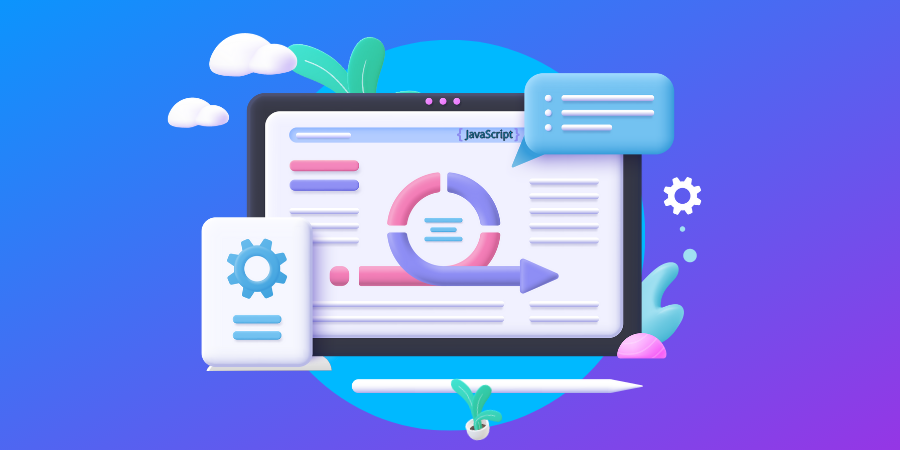Website development is the process of creating, building, and maintaining websites to represent your brand online, connect with customers, and achieve business objectives. A well-crafted website serves as the cornerstone of your digital presence, providing a platform to communicate with your audience and promote your products or services. Below, we explore the main aspects of website development that are essential to understand when embarking on a project.
1. Different Types of Websites
– Informational Websites: These are simple websites designed to provide basic information about a business or service. They are cost-effective and easy to navigate, making them ideal for small businesses and individual portfolios.
– E-commerce Websites: Built to facilitate online sales, these websites include features like shopping carts, payment gateways, and product catalogs. Due to the extra layers of security and functionality required, e-commerce websites are more complex and expensive to develop.
– Custom Web Applications: These websites cater to specific business needs with tailored features such as booking systems, user dashboards, or data analysis tools. Custom web applications are usually the most expensive to develop due to the advanced coding and customization involved.
2. Website Design Approaches
– Template-Based Design: This design approach uses pre-made templates and is often faster and cheaper. While templates offer convenience, they may limit creativity and customization, resulting in a website that looks similar to others.
– Custom Design: Custom-designed websites are created from scratch to align with your unique brand identity and requirements. This approach allows for complete control over aesthetics and functionality but requires more time and a larger budget.
3. Essential Features and Functionalities
Features are crucial in determining the complexity and cost of your website. Some key features to consider include:
– User Registration and Accounts: Enabling visitors to create and manage their accounts.
– Booking or Reservation Systems: Useful for scheduling appointments, ideal for service-based businesses.
– E-commerce Integration: Secure payment gateways, shopping carts, and inventory management for online stores.
– Interactive Forms: Collecting customer data or feedback.
– Third-Party Integrations: Linking your website to CRM systems, social media, or payment providers.
The more advanced and numerous the features, the higher the cost of development will be.홈페이지제작
4. Mobile-First and Responsive Design
In today’s world, users access websites from a range of devices, including smartphones, tablets, and desktops. A responsive design ensures your website looks great and functions smoothly on all devices, creating a seamless user experience. Responsive websites are crucial for SEO and can significantly impact user engagement, making them worth the additional development cost.
5. Content Management System (CMS)
A Content Management System allows website owners to manage content without any coding skills. Popular CMS platforms like WordPress, Drupal, and Joomla are often used to simplify the editing and publishing of web pages. While using a CMS may add to the development cost, it empowers you to update content easily, reducing long-term expenses.홈페이지제작
6. Search Engine Optimization (SEO)
Integrating Search Engine Optimization is vital for increasing your website’s visibility on search engines like Google. Effective SEO involves optimizing page load speed, using relevant keywords, adding meta descriptions, and creating mobile-friendly content. Although incorporating SEO during development requires more resources, it can significantly increase your website’s traffic and lead generation potential.
7. Ongoing Maintenance and Updates
Website development does not end with the launch. Continuous maintenance is necessary to keep the website running smoothly, secure, and relevant. Maintenance tasks include:
– Security Updates: Keeping the website secure from vulnerabilities.
– Technical Support: Troubleshooting and fixing issues that may arise.
– Content Updates: Adding new content to keep the website fresh and engaging.
Ongoing maintenance is an investment that ensures the long-term health and success of your website.
8. Hosting and Domain Registration
To make your website accessible online, you need hosting and a domain name. Hosting options include shared hosting, VPS (Virtual Private Server), and dedicated hosting. Shared hosting is cost-effective but offers limited resources, while VPS and dedicated hosting are more expensive but provide better performance and security. The domain name is an annual cost that allows users to find your website easily.
Making Smart Choices for Your Website
Developing a website requires thoughtful investment, balancing cost and value. A high-quality website builds credibility, improves user engagement, and helps achieve business goals. Cutting corners may save you money initially but could lead to limited functionality, lower performance, and reduced brand impact.홈페이지제작
To conclude, understanding the main components of website development—from design choices and features to SEO and ongoing maintenance—allows you to make informed decisions. A successful website not only meets your immediate needs but also serves as a long-term digital asset, effectively supporting your business growth and objectives.







